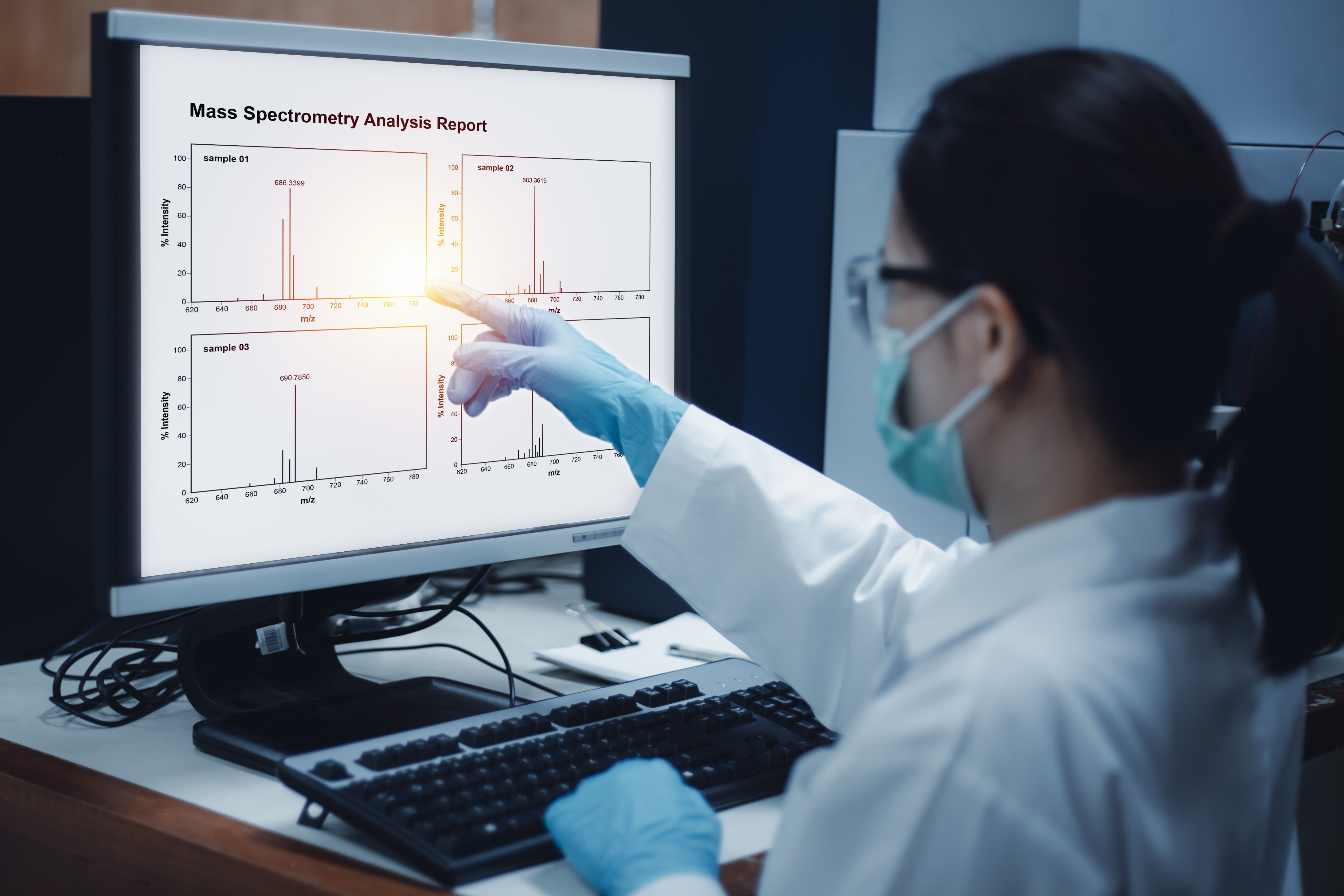What’s New in Mass Spectrometry?
In this review article, we showcase some of LCGC International’s recent coverage of mass spectrometry.
Mass spectrometry is an analytical technique used to identify and quantify the chemical composition of a sample. It works by ionizing chemical compounds to generate charged molecules or fragments, which are then separated according to their mass-to-charge ratio (m/z) and detected.
Below is a concise overview of how mass spectrometry works:
- Ionization: The sample is ionized to generate charged particles. This can be achieved through various methods such as electron impact ionization, electrospray ionization (ESI), chemical ionization, and matrix-assisted laser desorption/ionization (MALDI) (1).
- Mass Separation: The charged particles are accelerated through an electric or magnetic field, causing them to move along a defined path. The mass analyzer then separates these ions based on their mass-to-charge ratio (m/z). There are several types of mass analyzers, including time-of-flight (TOF), quadrupole, ion trap, magnetic sector, and Fourier transform ion cyclotron resonance (FT-ICR) (1).
- Detection: Once the ions are separated based on their mass-to-charge ratio, they are detected by a detector. The intensity of the detected ions is proportional to their abundance in the sample (1).
- Data Analysis: The data collected from the detector is processed and analyzed using specialized software. This analysis can provide information about the molecular weight, structure, and abundance of compounds present in the sample (1).
Mass spectrometry is used in a wide range of applications such as chemistry, biochemistry, pharmaceuticals, environmental science, forensic science, and proteomics. It is particularly useful for identifying unknown compounds, determining the elemental composition of molecules, studying the structure and properties of molecules, and quantifying the concentration of specific compounds in a sample.
Scientist woman indicated mass spectrometry results from analysis differences of samples shown on the computer in the laboratory. | Image Credit: © S. Singha - stock.adobe.com

LCGC International has published several technical articles and news items on the latest research in mass spectrometry. Below is a compilation of some of the most recent articles on mass spectrometry. To read more about the research done in mass spectrometry, click here.
Latest Articles on Mass Spectrometry
How Analytics and Mass Spec Became the Driving Force Behind Biotherapeutic Drug Development
By: Kelly Broster
This article explores the key challenges analytics and mass spectrometry solve within the biopharmaceutical industry.
Native Anion Exchange Chromatography Coupled to Mass Spectrometry for the Charge Variant Analysis of IgG4-Based Monoclonal Antibodies
By: Ann Marie Rojahn and Daniel Eßer
The advantages of a native anion exchange method coupled to mass spectrometry for charge heterogeneity analysis of immunoglobulin G4 (IgG4)-based mAbs are described.
Profiling VOCs in Whisky with GC×GC–MS
By: Patrick Lavery
Researchers from Austria, Greece, and Italy conducted a study to analyze volatile organic compounds (VOCs) present in Irish and Scotch whiskys using solid-phase microextraction (SPME) Arrow with comprehensive two-dimensional gas chromatography coupled to mass spectrometry (GC×GC–MS) to examine the organoleptic characteristics that influence the taste of spirits.
Unveiling Molecular Transformations in Bioconjugates: Insights from Mass Spectrometry
By: LCGC Staff
A multidisciplinary study was conducted to increase our understanding of thiosuccinimide linkers in bioconjugates.
Ochratoxin A Levels in Flour Measured Using Isotope Dilution Mass Spectrometry
By: Aaron Acevedo
A group of Canadian scientists recently measured how effective different solutions are in measuring ochratoxin A levels in flour samples.
Reference
(1) Broad Institute, What is Mass Spectrometry? Available at: https://www.broadinstitute.org/technology-areas/what-mass-spectrometry (accessed 03-20-2024)
Study Explores Thin-Film Extraction of Biogenic Amines via HPLC-MS/MS
March 27th 2025Scientists from Tabriz University and the University of Tabriz explored cellulose acetate-UiO-66-COOH as an affordable coating sorbent for thin film extraction of biogenic amines from cheese and alcohol-free beverages using HPLC-MS/MS.
Quantifying Microplastics in Meconium Samples Using Pyrolysis–GC-MS
March 26th 2025Using pyrolysis-gas chromatography and mass spectrometry, scientists from Fudan University and the Putuo District Center for Disease Control and Prevention detected and quantified microplastics in newborn stool samples.
Multi-Step Preparative LC–MS Workflow for Peptide Purification
March 21st 2025This article introduces a multi-step preparative purification workflow for synthetic peptides using liquid chromatography–mass spectrometry (LC–MS). The process involves optimizing separation conditions, scaling-up, fractionating, and confirming purity and recovery, using a single LC–MS system. High purity and recovery rates for synthetic peptides such as parathormone (PTH) are achieved. The method allows efficient purification and accurate confirmation of peptide synthesis and is suitable for handling complex preparative purification tasks.








